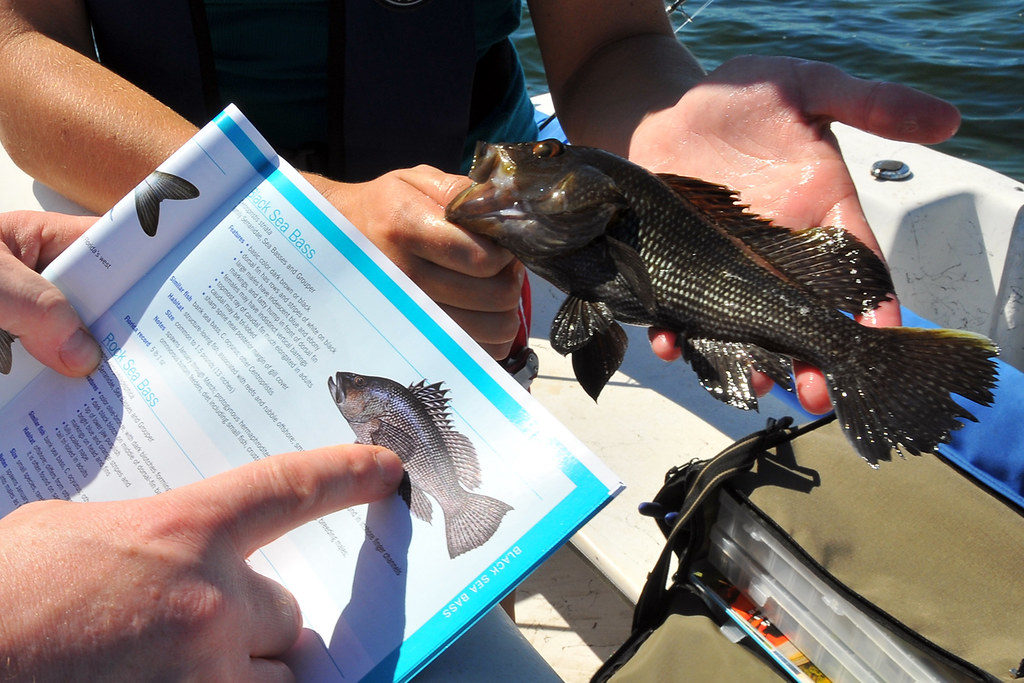How many different seafood species do you purchase and eat? Many of us are familiar with lobster, sea scallops, cod, and haddock but not so familiar with eating dogfish, monkfish, scup, or sea robin. Diversifying the seafood choices we make and eating a much wider variety of local marine life will help the ecosystem and the people who depend on it for a living and for food.
Many wild seafood species can be found in waters off the Northeast coast, but consumers don’t see that same variety at their local seafood market.
Supporting the sustainable harvest of seafood, knowing where food comes from and how to care for it, and providing access to affordable seafood are among the goals of a growing number of non-profit and community-based seafood programs.
In Warren, Rhode Island, the non-profit Eating with the Ecosystem’s mission “to promote a place-based approach to sustaining New England’s wild seafood” brings together marine scientists and commercial fishermen, chefs, seafood businesses, and local seafood consumers in a system “that supports the region’s marine ecosystems and the people who depend on them.”
“Our work focuses on five anchors: proximity, symmetry, adaptability, connectivity and community,” said Kate Masury, program director for Eating with the Ecosystem. “That means finding wild seafood from a marine ecosystem close by, balancing our diet with a variety of seafood, and trying new species that enter an ecosystem as that ecosystem changes. It also means stewardship, caring for our habitat, and learning where our seafood comes from.”
Restaurant chefs, fishermen and seafood supply businesses, and marine science researchers in Rhode Island and Massachusetts are affiliated with the effort, including Mike Fogarty, John Manderson, Maria Vasta, and Sharon Benjamin from NOAA Fisheries. Benjamin and Vasta serve on the organization’s board, while Manderson and Fogarty are members of the advisory network.
READ MORE at fisheries.noaa.gov

